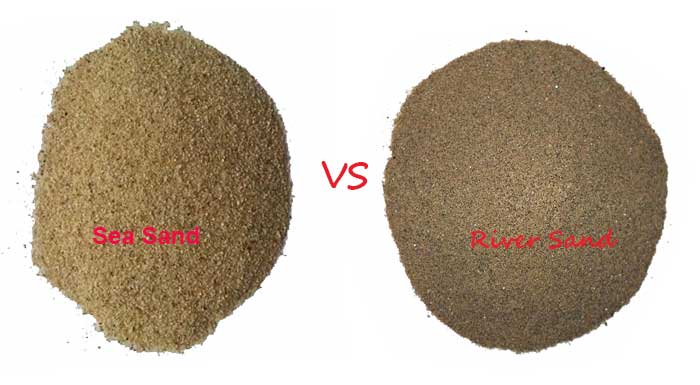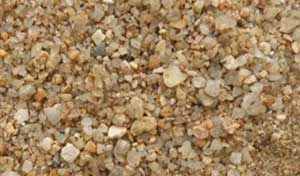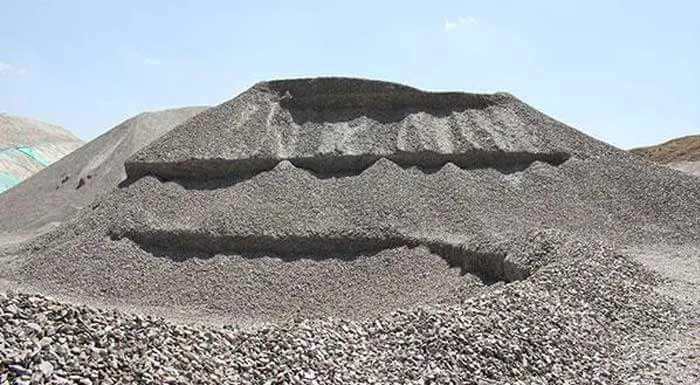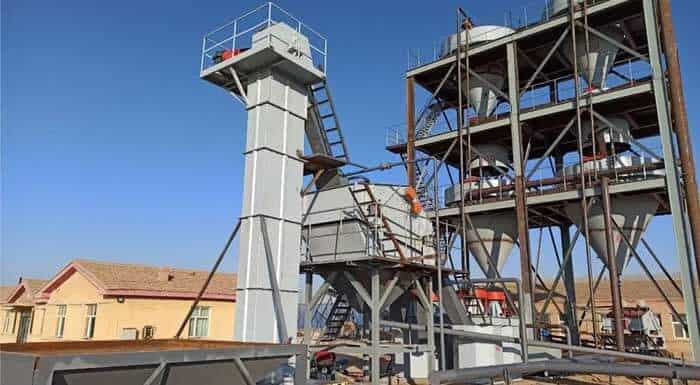5 Differences Between Sea Sand and River Sand
River Sand is a kind of small particle produced by repeated impact, collision or friction of stone by river in a long period of natural state. Sea Sand refers to the sand eroded by sea water without desalination, mostly from the junction of sea water and rivers, containing corrosive salts. River sand and sea sand are different, how to distinguish them?

1. Different Appearance
In terms of appearance color, the sea sand is darker, dark brown and lighter. The color of river sand is relatively brightly yellow.
From the aspect of particle size, the grain size of river sand is coarser, with moderate surface roughness and less impurities. Sea sand is very fine, even some like powder, this is absolutely not used.
In terms of particle fragments, sea sand generally has fragments such as shells, while river sand has pebbles of different sizes.
2. Different Specifications
The river sand used in the construction has certain specifications. In the process of river sand screening, river sand is generally divided into 4-8 mesh, 8-16 mesh, 10-20 mesh, 20-40 mesh, 40-70 mesh and 50-100 mesh, which refers to the number of sand particles within one inch circle. There is no such fine and clear rule classification for sea sand.
3. Different Handle
Grab a handful of sand and then beat it off. It’s sea sand that feels sticky and doesn’t clean. If it’s not sticky, it’s river sand.
4. Different Taste
Taste the taste, found that salty is sea sand, not salty is river sand. At present, there are also many Sea Sands that have been desalted. We can soak the sands in the water for a period of time and taste the taste of the water. The salty and astringent one is Sea Sands.
5. Different Ingredients
The main composition of sea sand is silica, the crystal phase is mainly quartz, feldspar and debris particles are less, mica content is less, and the roundness is also good.
The silicon content of river sand is lower, the metal ions such as calcium and aluminum are more, and the mica sheet content is also more. But this is only an average situation in general, sometimes there are special cases, and it is difficult to have specific quantitative indicators.
River sand has a great contribution to the construction industry, but sea sand is the opposite. Most of the sea sand contains excessive chloride ions, which will corrode the steel bars in the reinforced concrete, and eventually lead to the damage of the building structure and shorten the life of the building.
 Advantages of River Sand
Advantages of River Sand
- Sand particles are smooth and clean;
- It has a wide range of sources, convenient materials and low cost;
- River sand has no taste, while sea sand has salt taste;
- Good water permeability and air permeability.
 5 differences between Silica Sand and regular Sand
5 differences between Silica Sand and regular Sand Why Desert Sand Cannot be Used As Building Materials
Why Desert Sand Cannot be Used As Building Materials 12 Types of Sand and Their Uses for Construction
12 Types of Sand and Their Uses for Construction What is Frac Sand & How Frac Sand is Processed
What is Frac Sand & How Frac Sand is Processed



